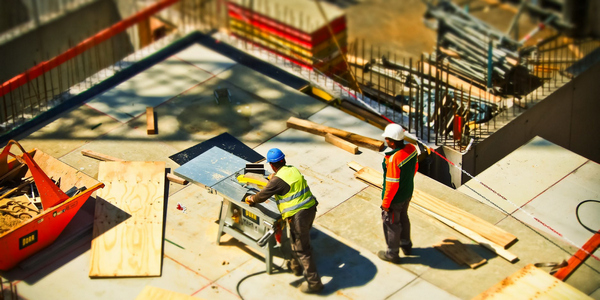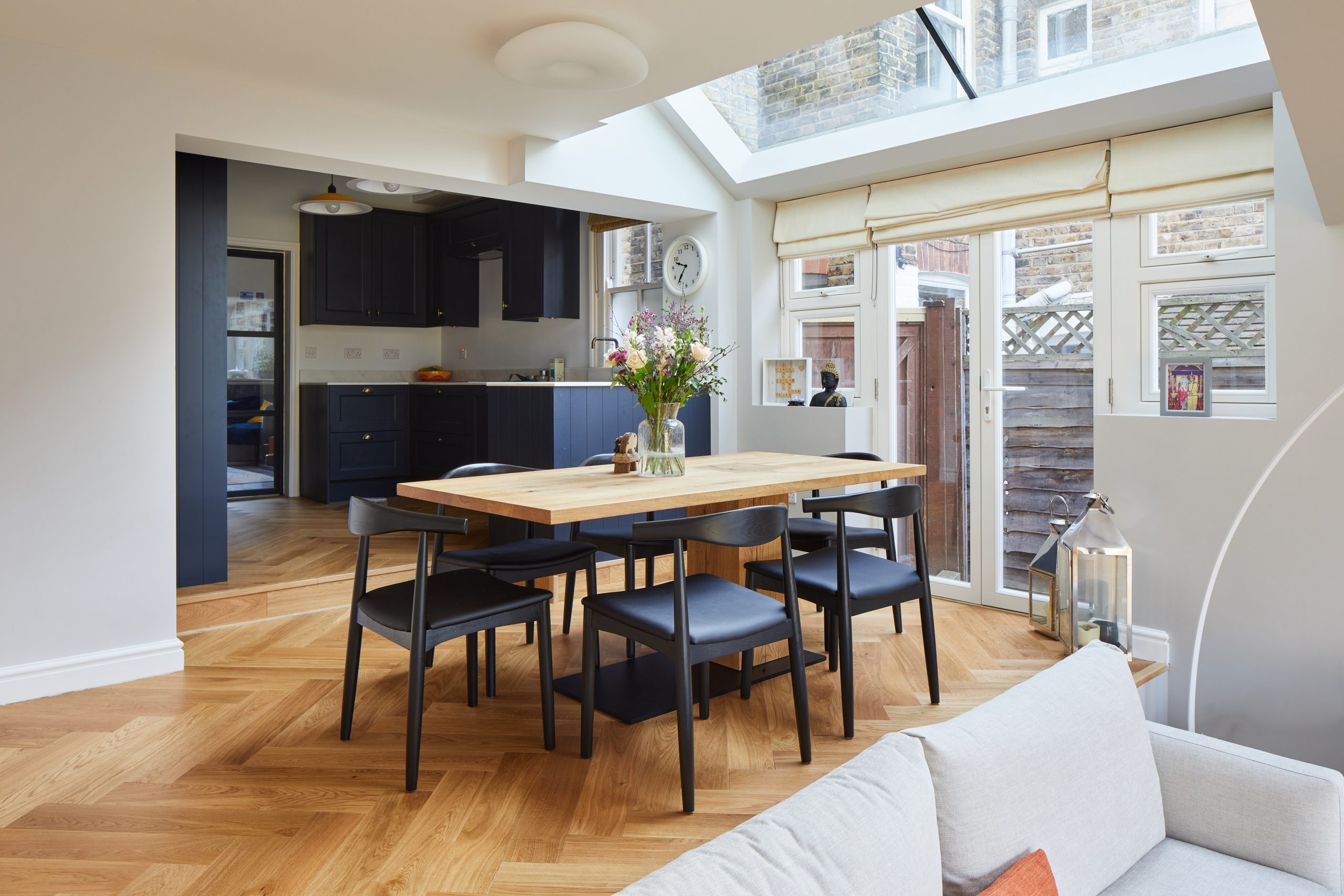The open plan kitchen living room has become a hallmark of modern home design. It seamlessly combines the kitchen, dining, and living areas into one expansive, flowing space, creating a functional and inviting environment for family and social life. Whether you’re renovating an older property or designing a new build, this layout can transform the way you live and interact in your home.
In this article, we’ll explore what an open-plan kitchen living room entails, its benefits, key considerations, and why consulting an architect—especially a trusted firm like Tholos Architects—is essential to achieving the perfect design.

What Is an Open Plan Kitchen Living Room?
An open-plan kitchen living room removes physical barriers like walls and doors between the kitchen, dining, and living spaces, creating a unified and airy area. This approach maximizes the available space, encourages interaction, and ensures that all parts of the room feel connected.
The result is a modern, multifunctional space that serves as the heart of the home, ideal for cooking, eating, relaxing, and entertaining.
The Benefits of an Open Plan Kitchen Living Room
- Enhanced Space and Light
- By removing walls, you create the illusion of a larger space. Natural light can flow freely, making the room feel brighter and more welcoming.
- Improved Social Interaction
- This layout is perfect for families and those who love entertaining. You can cook, dine, and chat with guests or keep an eye on children playing in the living area without feeling isolated.
- Versatility
- Open-plan spaces are highly adaptable. They can accommodate various layouts, furniture styles, and design preferences, ensuring the space suits your lifestyle.
- Increased Home Value
- Open-plan living is highly desirable among buyers, making your home more attractive on the property market.
Key Considerations for an Open-Plan Kitchen Living Room
- Structural Changes
- Removing walls often involves structural work, particularly if load-bearing walls are affected. Professional advice is crucial to ensure safety and compliance with building regulations.
- Zoning
- While open-plan spaces are unified, creating distinct zones for cooking, dining, and relaxing is essential to maintain functionality and order.
- Ventilation and Odor Control
- Without physical barriers, cooking smells and steam can easily spread. Installing high-quality extraction systems is vital.
- Lighting Design
- Good lighting is key. Use a mix of ambient, task, and accent lighting to define areas and enhance the overall look.
- Noise Management
- Open spaces can amplify noise. Using sound-absorbing materials like rugs, curtains, or acoustic panels can help minimize this issue.
- Energy Efficiency
- Larger open spaces can be harder to heat or cool. Investing in efficient insulation and heating systems is important for comfort and cost-effectiveness.

Why You Need an Architect for an Open Plan Kitchen Living Room
While the idea of creating an open-plan kitchen living room may seem straightforward, the design process is complex and requires professional expertise to get it right. Here’s why involving an architect is essential:
1. Structural Expertise
Architects can assess your property’s layout and structural integrity to determine the feasibility of removing walls or making significant changes. They’ll work with engineers to ensure your home remains safe and compliant with regulations.
2. Optimized Layout
An architect can create a functional and aesthetically pleasing layout that maximizes space, light, and flow while meeting your unique needs.
3. Seamless Zoning
Professionals can design effective zoning strategies using lighting, flooring, furniture, and other design elements to create distinct areas without sacrificing openness.
4. Tailored Solutions
Architects can recommend materials, finishes, and systems that align with your budget, style, and energy efficiency goals.
Why Choose Tholos Architects?
At Tholos Architects, we have a wealth of experience designing open-plan kitchen living rooms that enhance the functionality and beauty of homes. Here’s why we’re the ideal choice for your project:
1. Bespoke Designs
Every home and client is unique. We create personalized solutions tailored to your lifestyle, needs, and vision.
2. Expertise in Modern Living Spaces
Our team specializes in creating innovative, open-plan designs that maximize space, light, and comfort while ensuring the practicality of everyday use.
3. End-to-End Service
From initial consultations and design concepts to securing permissions and overseeing construction, we provide a seamless, stress-free process.
4. Proven Track Record
Our portfolio includes numerous successful open-plan projects, showcasing our ability to deliver stunning and functional results.
Transform Your Home Today
An open-plan kitchen living room can revolutionize your home, making it more spacious, sociable, and modern. With the right planning and design, it can become the centerpiece of your home.
Contact Tholos Architects today for expert advice and a consultation. Let us help you design the perfect open plan space that reflects your lifestyle and adds value to your property.
Disclaimer: This article is part of a series created by our dynamic marketing team for informational purposes only. While we strive to review all content thoroughly, occasional oversights may occur, even after publication. Therefore, we cannot accept liability for any interpretations or use of the information provided. For the most up-to-date information or to report any discrepancies, please contact us at hello@tholos-architects.com.












